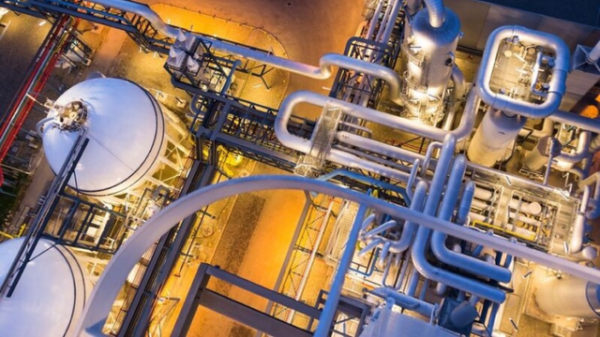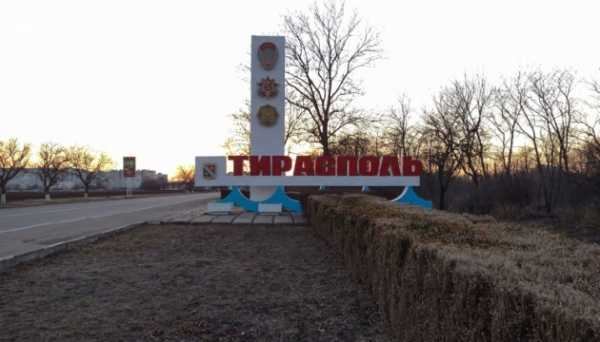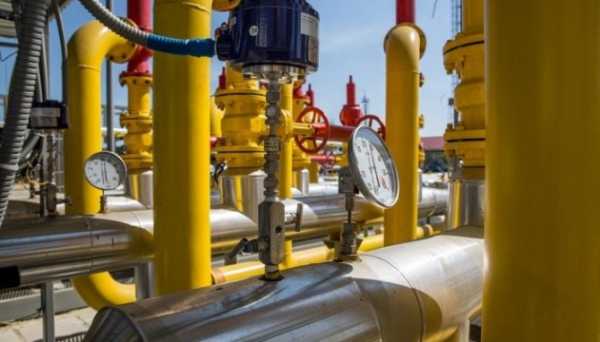Latest news for today in Ukraine

The European Union and the Energy Community may agree with Ukraine's gradual, extended over 15-20 years, approaching the European level of carbon prices and its integration into the EU emissions trading system (EU ETS), but Ukraine should start this process as soon as possible, Director of the Energy Community Secretariat Janez Kopač.
The EU supports a gradual approach, but it must start now, he said. It should not be delayed, delayed and delayed. If we do not start a phased approach now, then we will not be able to achieve the final goal, he said at the online conference entitled "European Green Deal and Ukrainian business: a chance or a threat? " on Friday, organized by the Ukrainian Business & Trade Association, Global 100% RE Ukraine and the MIM Business School.
Kopač cited as an example the meeting of the requirements of the EU Industrial Emissions Directive in terms of coal-burning power plants, which are mandatory for the members of the Energy Community, which set the deadline for their reduction until 2018. According to him, for Ukraine it was extended until 2023, but in the five years since the decision on such an extension was made no renovation, modernization or transformation was started in the country, but the question of "who will pay for it" was being decided.
The Energy Community secretariat director recalled that starting next year, the law on the basics of monitoring, reporting and verification of greenhouse gas emissions, adopted as part of the implementation of the Ukraine-EU Association Agreement, envisaging the creation of a national carbon trading system, will come into force in Ukraine, and called on run it as faster as possible.
Kopač said that the Energy Community is analyzing various scenarios, and one of them involves bringing emission prices to European levels by 2040. According to his presentation, from the current zero level, by 2025 the price could rise to 25% of the European level or EUR 6.625 per tonne of CO2, in 2030 – up to 30% or EUR 16, in 2035 – up to 75% and EUR 39.75, and in 2040 – up to 100% or EUR 80.
According to him, currently in the EU-ETS, the cost of emissions has dropped slightly due to the COVID-19 pandemic and is about EUR 25 per tonnes, but it will rise.
The Energy Community Secretariat director also reminded that in Ukraine there is only a tax on CO2 emissions of EUR 0.3 per tonne, which is 100 times lower than the European level and is unacceptable.
According to him, such an increase in the cost of CO2 emissions in Ukraine can significantly affect such industries as cement, steel, glass production – all that have a high CO2 contribution in production.
As an example, he cited the Burshtyn energy island, the cost of electricity export of which is about EUR 30 per 1 MWh, but if EUR 25 is to be added, then the price will be EUR 55.
Kopač also said that while Ukraine is demonstrating a reverse decarbonization process in some aspects: direct subsidies from the state budget to mines and coal generation have grown to approximately EUR 480 million from EUR 275 million a year earlier. The director of the Energy Community Secretariat said that all or most of this assistance does not meet the criterion of government assistance, but this should be assessed by the Antimonopoly Committee of Ukraine.
He also said that the proceeds from the sale of CO2 emissions should go to renewable energy, energy efficiency, sustainable infrastructure and programs for transforming coal regions.
Source: www.en.interfax.com.ua



